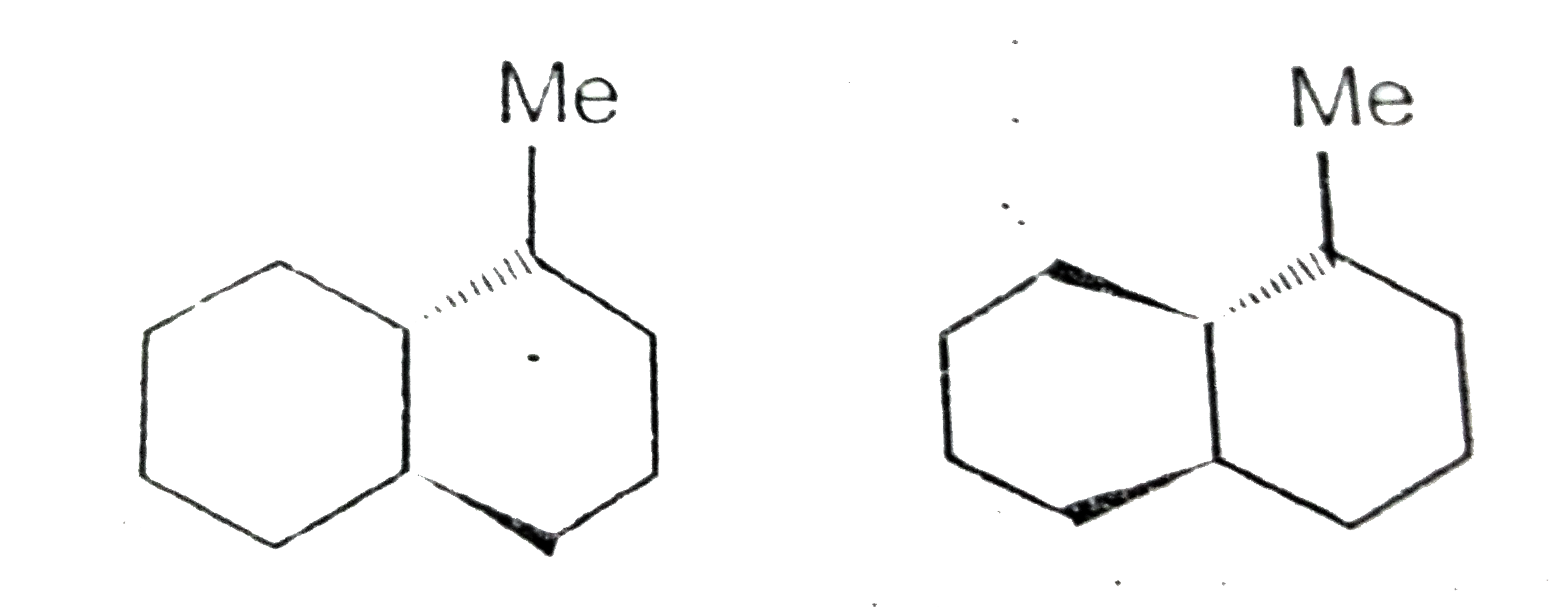What are the two radii shown as'a' and 'b' in the figure known as?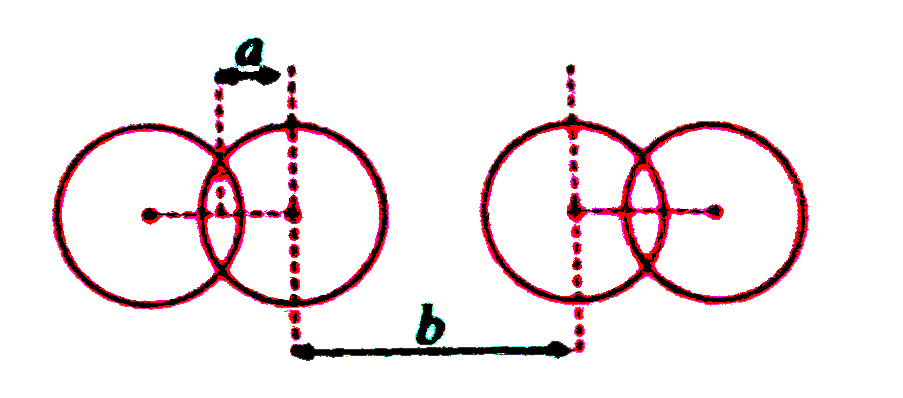
a=atomic radius,b=molecular radius
a=Covalent radius,b=van der waals' radius
a=Ionic radius,b=Covalent radius
a=Covalent radius,b=Atomic radius
The correct Answer is:B
a'Represents covalent radius which is the distance between the nuclei of two bonded atoms 'b' represents van der waals'radius which is the distance between nuclei of two closest molecules.
Topper's Solved these Questions
- CLASSIFICATION OF ELEMENTS AND PERIODICITY Book:NCERT FINGERTIPSChapter:CLASSIFICATION OF ELEMENTS AND PERIODICITY Exercise:Higher Order Thinking Skills
Explore 10 Videos
- CLASSIFICATION OF ELEMENTS AND PERIODICITY Book:NCERT FINGERTIPSChapter:CLASSIFICATION OF ELEMENTS AND PERIODICITY Exercise:NCERT Exemplar
Explore 12 Videos
- CLASSIFICATION OF ELEMENTS AND PERIODICITY Book:NCERT FINGERTIPSChapter:CLASSIFICATION OF ELEMENTS AND PERIODICITY Exercise:Electronic Configuration And Type Of Elements
Explore 20 Videos
- CHEMICAL BONDING & MOLECULAR STRUCTUREBook:NCERT FINGERTIPSChapter:CHEMICAL BONDING & MOLECULAR STRUCTUREExercise:Assertion And Reason
Explore 15 Videos
- ENVIRONMENTAL CHEMISTRYBook:NCERT FINGERTIPSChapter:ENVIRONMENTAL CHEMISTRYExercise:Assertion And Reason
Explore 15 Videos
Similar Questions
Knowledge Check
What are the radii shown 'a' and 'b' in the figure known as ?
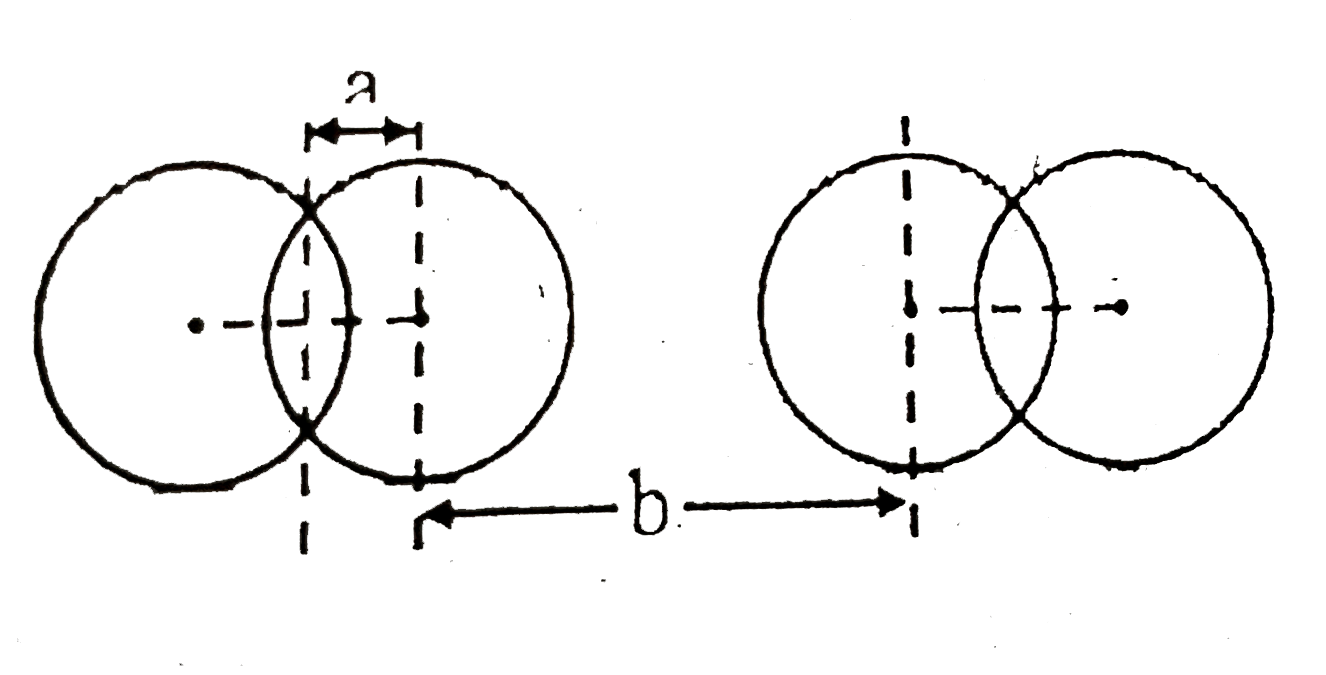 Aa = atomic radius, b = molecular radiusBa = covalent radius, b = Vander Waal's radiusCa = covalent radius,b = atomic radiusDa = lonic radius, b = convalent radius
Aa = atomic radius, b = molecular radiusBa = covalent radius, b = Vander Waal's radiusCa = covalent radius,b = atomic radiusDa = lonic radius, b = convalent radiusA and B shown in the figure arc
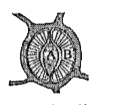 AEpidermis and Guard cell,BGuard cell and Cuticle,CStomatal pore and Guard cell,DEpidermis and Pore.
AEpidermis and Guard cell,BGuard cell and Cuticle,CStomatal pore and Guard cell,DEpidermis and Pore.The given figure represents a type of aestivation.
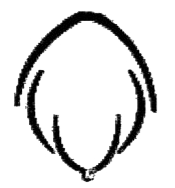
The type of aestivation shown in the given figure is known asAValvateBTwistedCImbricateDVexillery
A colloidal solution of Agl is prepared by two different methods as shown in the figure below:
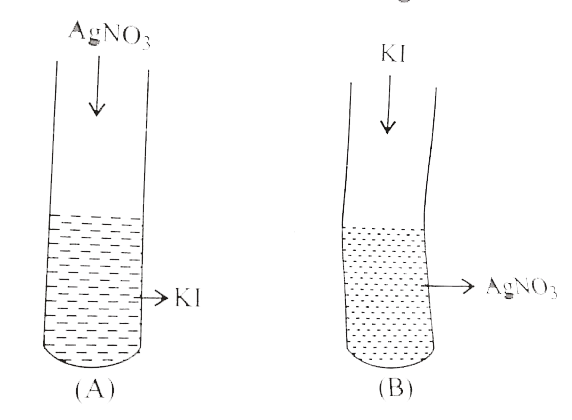

What is the charge of Agl colloidal particles in the two test tubes (A) and (B) ?
b. Given reasons for the origin of charge.
View SolutionWhat is the inradius of the incircle shown in the figure?

View SolutionIn the two circuits shown in figure

View SolutionWhat will be the resultant capacitance of the capacitors connected as shown in the figure between the points A and B ?
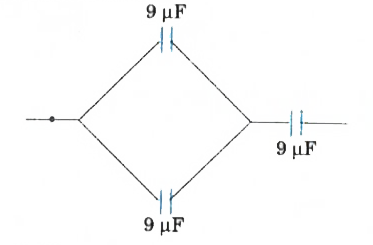
View SolutionWhat will be the resultant capacitance of the capacitors connected as shown in the figure between the points A and B?

View Solution
